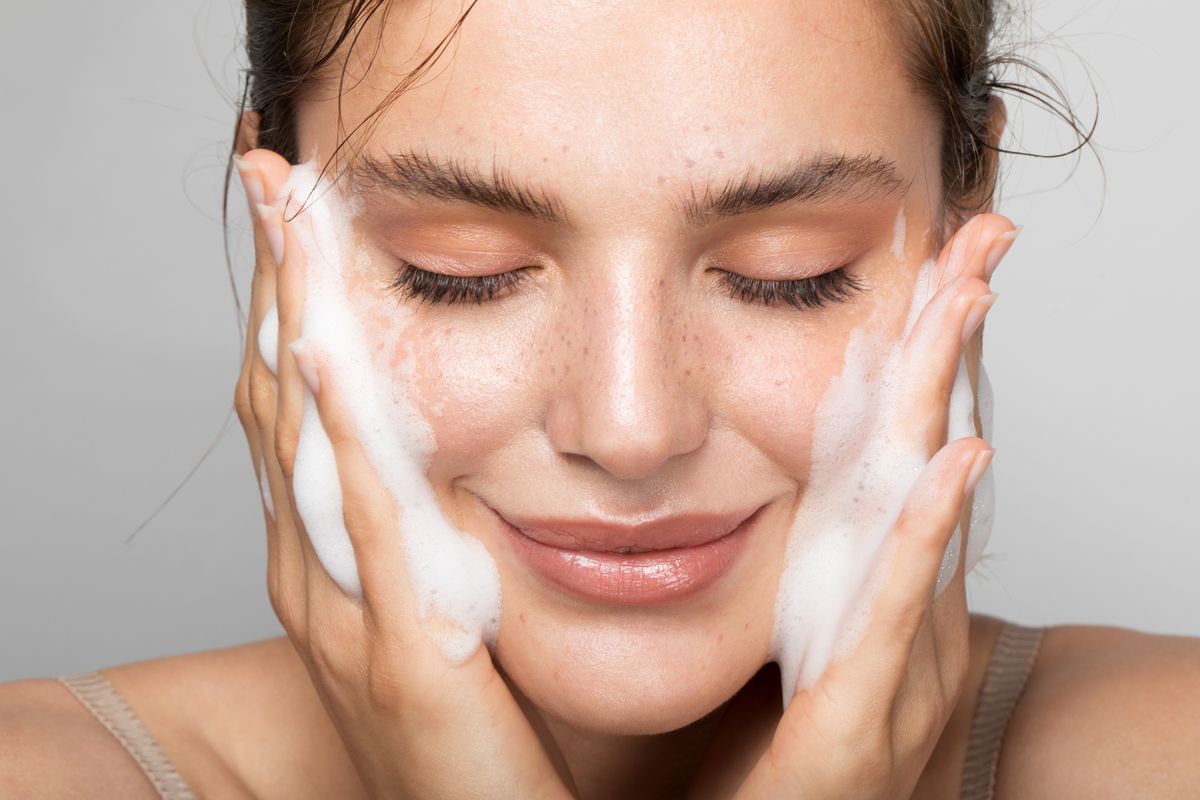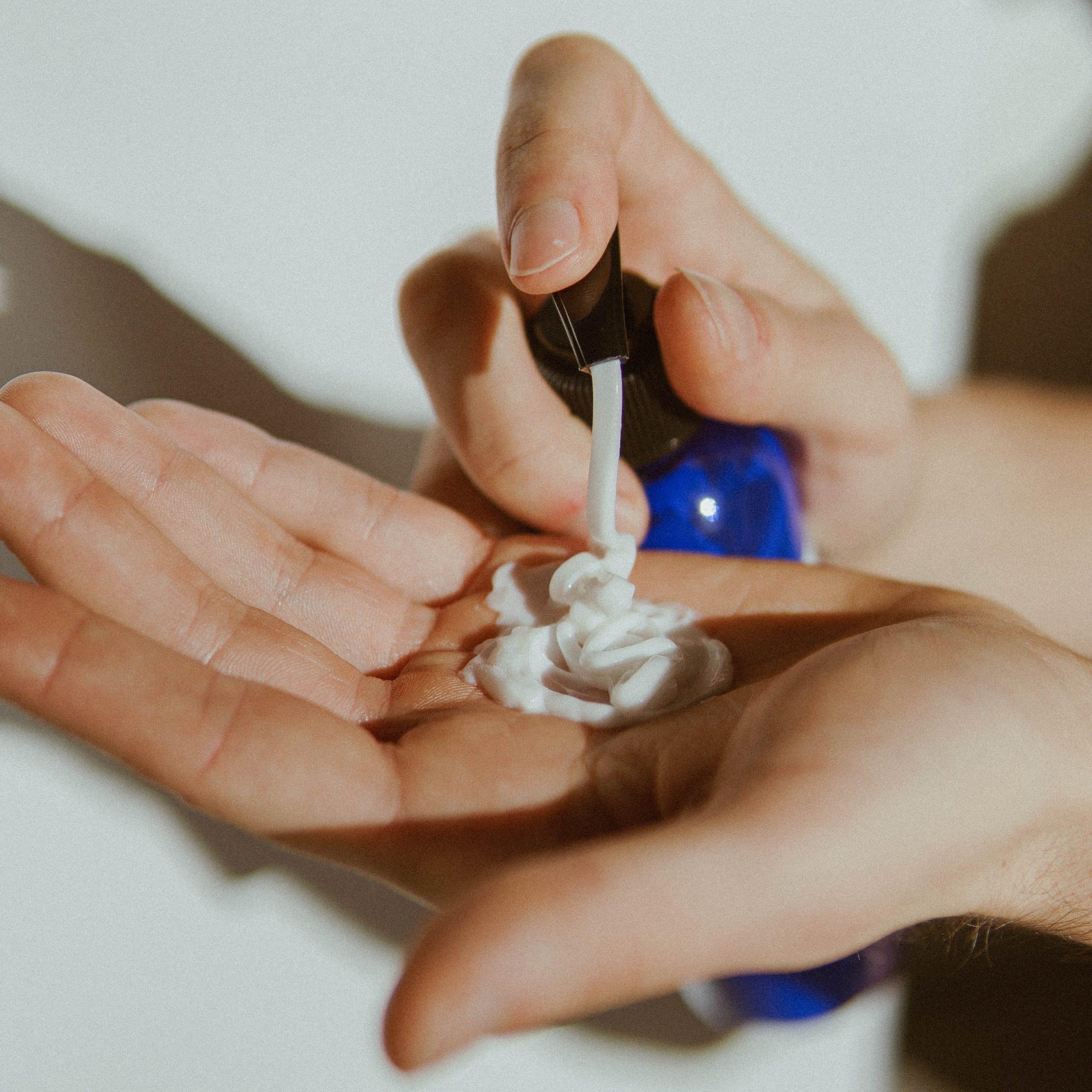Could these common beauty ingredients be harming your skin?

Campaigners for safer beauty product standards are warning people to look out for two commonly occurring ingredients in their skincare and body products that can cause blotches, swelling and itchiness of the skin.
Videos with the #saferbeauty hashtag have been watched over 960,000 times on TikTok and there are over a quarter of a million posts on Instagram with the same message. Whilst many of us are aware that ‘parabens’ get a lot of bad beauty press, campaigners are also warning of two ingredients, methylisothiazolinone (MIT) and methylchloroisothiazolinone (CMIT), that can be doing more harm to your skin than parabens.
MIT and CMIT are synthetic preservatives used as substitutes for parabens, and are often included in beauty products which boast about being ‘paraben-free’. However, an overwhelming number of people are allergic to MIT and CMIT but don’t know it yet.
Thom Watson, a skincare expert at Humanery, explains:”Methylisothiazolinone (MIT) and Methylchloroisothiazolinone (CMIT) are two frequently used preservatives that, according to dermatologists, are thought to be the most common cause of allergic contact dermatitis.
“MIT and CMIT are typically used in skin and body care formulas to prevent fungi, yeast, and bacteria from growing, but they are also found in paints and drilling equipment cutting oils. Although legally they must be used in low concentrations in beauty products, many cheaper grooming and beauty formulas continue to use the highest MIT and CMIT concentrations allowed, which can cause allergic reactions that go undiagnosed.”
How do you know if you are allergic to MIT or CMIT?
As these ingredients are used in so many personal care products and liquid cosmetics, most people are unaware that it is the cause of their skin irritation and often misdiagnose it as a food allergy or hay fever instead.
Common symptoms include:
- Redness
- Swelling
- Raised bumps or hives on the skin
- Blotchiness
- Itchiness
- Flaky skin
- Eye swelling
- Peeling skin
What are the health concerns?
Skincare expert Thom was alerted to the dangers of MIT and CMIT when he realised he was one of the four million people in the UK that are allergic to these common skincare ingredients. He says: “
As most of us use some form of skincare and body care in our everyday lives, it is so important that we pay attention to their formulations. Sadly, in Europe and the United States MIT and CMIT can use these preservatives to the maximum concentration, whereas some countries (like Canada) don’t allow methylchloroisothiazolinone as a single ingredient, which reduces the risk of allergic reactions.
“If you notice unexplained skin rashes or flakiness that look similar to eczema then it is worth looking at your current body wash, hand soap, and any other products that you have frequently been using to see if they contain MIT or CMIT. Many people understandably take their reactions as an allergy to certain foods, so will start removing dairy or gluten from their diets. However, many studies have shown that it is actually personal care and cosmetic products that have MIT and CMIT in their formulas that cause these reactions on the skin.
“Unfortunately, these preservatives are more commonly used in cheaper skincare products that haven’t been formulated with the expertise of a dermatologist. So, if you have experienced painful redness or swelling where you use skincare and beauty products, or sudden dryness and flaking, look at the ingredients list of your frequently used products. If you notice MIT and CMIT are featured in the list, then try eliminating these formulas from your routine for a few weeks and monitor how your skin responds to a break from it.”









